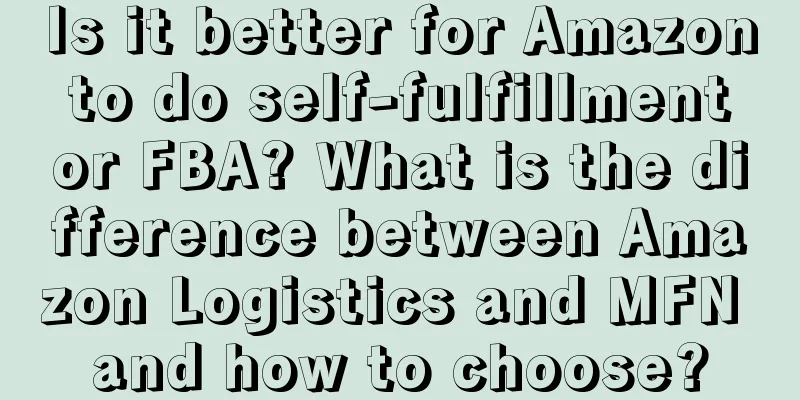On Amazon, if you are a seller who follows others to sell or an Amazon seller whose products are followed by others, you will be very familiar with the shopping cart, because the listing you worked hard to create may be followed by some unscrupulous sellers, which will greatly reduce your profits. You may also be a professional seller who sells some regular products that have a lot of sales. The way to make more money is to get more shopping carts. Generally speaking, new accounts do not have shopping carts, but you will start to have shopping carts after you sell a few products, or you may also get more shopping carts when you lower your prices.
1. What is the Buy Box?
The Buy Box in Amazon is the golden shopping cart that every merchant wants to grab. It is located in the upper right corner of a single product page and is the most convenient purchasing location that buyers see when shopping. As long as the buyer clicks Add to cart, the page will automatically jump to the seller's store that owns the Buy Box.
Amazon selects a seller to occupy the Buy Box position for each product listing, and this chosen seller can enjoy a steady stream of orders and attention.
2. Importance of Buy Box
The number of third-party sellers on Amazon continues to grow, and the Buy Box provides unique opportunities for online sellers. Therefore, being familiar with the operation of the Buy Box is crucial for sellers to develop a potentially huge market.
According to statistics, 82% of Amazon transactions are completed through the Buy Box, which means that sellers with the Buy Box are much more likely to sell products than other sellers. For sellers, it is crucial to obtain the Buy Box and increase store sales.
3. Two major misunderstandings of the Buy Box
1. The Buy Box is only about price
The Buy Box is not just about price. Experiments have shown that for low-end products, the price may be more closely related to the Buy Box, while for mid- to high-end products, this connection is not obvious. Therefore, we cannot simply assume that we can win the Buy Box as long as we offer a low price.
2. The Buy Box is only for Amazon
Amazon positions its own merchants (that is, Amazon itself) as perfect sellers, but that does not mean that third-party sellers have no possibility of obtaining the Buy Box. According to statistics, one-third of sales on Amazon come from third-party sellers. If a third-party seller’s rating is close to that of a perfect seller and their prices are reasonable, then they are likely to compete with Amazon’s own merchants for the Buy Box position.
4. How the Buy Box works
Amazon gave up the idea of giving the Buy Box to a fixed number of excellent sellers a long time ago. Instead, it shared the Buy Box among many excellent sellers, which not only improved the overall competitiveness of the sellers' stores, but also improved the buyers' shopping experience.
For example, if there are 10 perfectly qualified sellers competing for the Buy Box for the same product, they each have a 10% chance. This means that every seller who displays a product in the Buy Box has the potential to get 10 customers to visit the product page.
Generally speaking, sellers with a high seller rating have a 70% chance of getting the Buy Box, sellers with a medium seller rating have a 25% chance, and sellers with a low seller rating have only a 5% chance. Therefore, rather than saying that sellers win or lose the Buy Box, it is better to say that there are too few excellent sellers who can get the Buy Box.
It’s worth noting that Buy Boxes don’t always happen; their occurrence depends on product competition and the time of day. Additionally, because Amazon uses cookies to ensure that each customer sees only one seller that wins the Buy Box per hour, some Buy Box activity is hidden. However, if the seller who obtains the Buy Box has a change in indicators for some reason, such as a change in product price or inventory quantity, Amazon will transfer the Buy Box to another seller before the one-hour cycle arrives.

